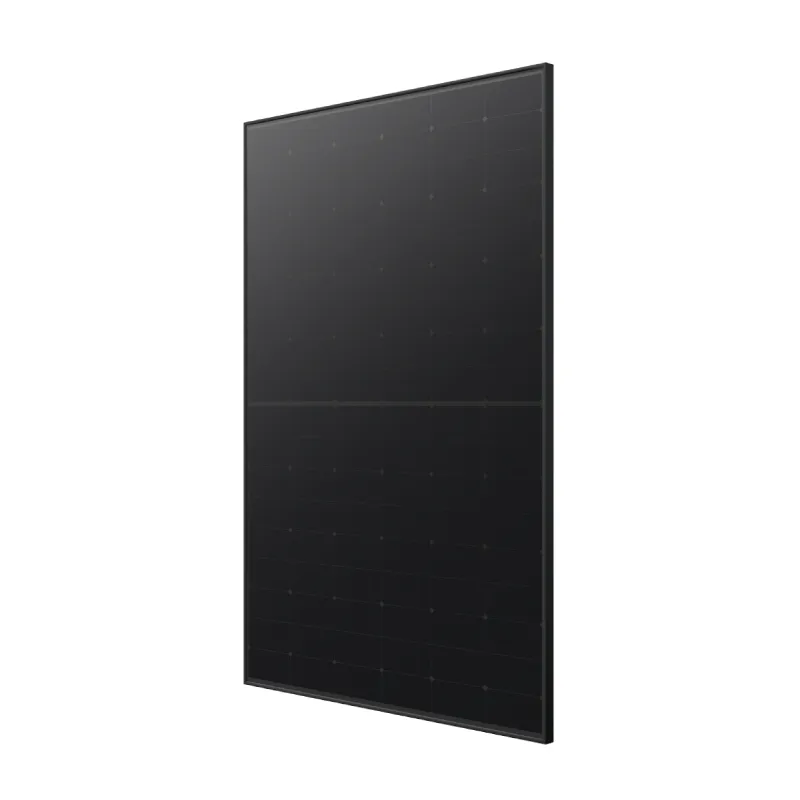Ways to Enhance Solar Panel Efficiency and Boost Energy Production
Increasing Solar Panel Output Strategies for Enhanced Efficiency
As the world moves towards sustainable energy solutions, solar power has become a crucial component in the fight against climate change and fossil fuel dependency. Solar panels, or photovoltaic (PV) systems, harness sunlight to generate electricity, but their efficiency and output can be influenced by various factors. This article explores effective strategies for increasing the output of solar panels, ensuring that we maximize our use of renewable energy.
Understanding Solar Panel Efficiency
Solar panel efficiency refers to the amount of sunlight that can be converted into usable electricity. Typically measured in percentages, most commercial solar panels fall within the range of 15% to 22%. Higher efficiency means more output from the same amount of sunlight, making it essential for homeowners and businesses with limited roof space. The efficiency of solar panels can be influenced by the type of technology used, environmental conditions, and proper installation.
Selecting High-Efficiency Solar Panels
The first step in increasing solar panel output is choosing high-efficiency models. Monocrystalline panels are often regarded as the most efficient type, with efficiencies exceeding 20%. These panels are made from a single crystal structure, which allows them to absorb sunlight more effectively. While they tend to be more expensive than their polycrystalline counterparts, their higher efficiency and longevity can offset the initial cost over time.
Optimal Installation and Positioning
The angle and orientation of solar panels are critical for maximizing their output. Solar panels should ideally be installed facing true south in the Northern Hemisphere and true north in the Southern Hemisphere. The angle of tilt can also significantly impact performance; panels should generally be tilted at an angle equal to the latitude of the installation location. Utilizing solar trackers, which adjust the position of the panels throughout the day to follow the sun’s path, can further enhance energy capture.
Routine Maintenance and Cleaning
increase solar panel output

Maintaining solar panels is vital for ensuring optimal efficiency. Dust, dirt, and debris can accumulate on the surface of panels, obstructing sunlight and reducing output. Regular cleaning, at least twice a year, is recommended to keep panels in peak condition. In addition, periodic inspections can help identify any damaged components or shading issues caused by nearby trees or buildings, allowing for prompt repairs and adjustments.
Innovative Technology Integration
Integrating advanced technologies can significantly boost solar panel output. Bifacial solar panels, for instance, can capture sunlight from both the front and back sides, potentially increasing overall efficiency by 10-20%. Incorporating energy storage systems, such as batteries, allows for the management of energy output, storing excess energy generated during peak sunlight hours for use during low sunlight periods.
Using Reflective Surfaces
Another innovative approach to increasing solar output involves the use of reflective surfaces. Installing solar panels over or near reflective materials, such as white roofs, can enhance the amount of sunlight reaching the panels. This technique, known as albedo effect utilization, reflects additional sunlight onto the panels, thereby increasing their overall energy production.
Climate Considerations
Local climate can also impact solar panel performance. In regions with extreme temperatures or frequent cloud cover, the output may be diminished. Selecting panels designed for high-temperature performance, such as those with lower temperature coefficients, can help mitigate performance losses in hot climates. Moreover, understanding seasonal variations and optimizing energy usage according to seasonal output can greatly enhance overall efficiency.
Conclusion
Maximizing the output of solar panels is essential in advancing our commitment to clean energy. By selecting high-efficiency models, ensuring optimal installation, and utilizing advanced technologies, we can significantly enhance solar energy production. Keeping solar panels clean and well-maintained, while considering environmental factors, will further contribute to their effectiveness. As innovations and research continue to drive the solar industry forward, there is great potential for increased energy output that can play a pivotal role in a sustainable energy future. By adopting these strategies, homeowners and businesses alike can harness more solar energy, reduce their carbon footprint, and contribute to a greener planet.
-
String Solar Inverter: The High-Efficiency Solution for Smart Solar EnergyNewsJul.14,2025
-
Revolutionizing Rooftop Energy with the Power of the Micro Solar InverterNewsJul.14,2025
-
Power Independence with Smart Off Grid Solar Inverter SolutionsNewsJul.14,2025
-
On Grid Solar Inverter: Powering the Future with Smart Grid IntegrationNewsJul.14,2025
-
Monocrystalline Solar Panels: High-Efficiency Power for the Future of Clean EnergyNewsJul.14,2025
-
Bifacial Solar Panel: A Smarter Investment for Next-Generation Energy SystemsNewsJul.14,2025







